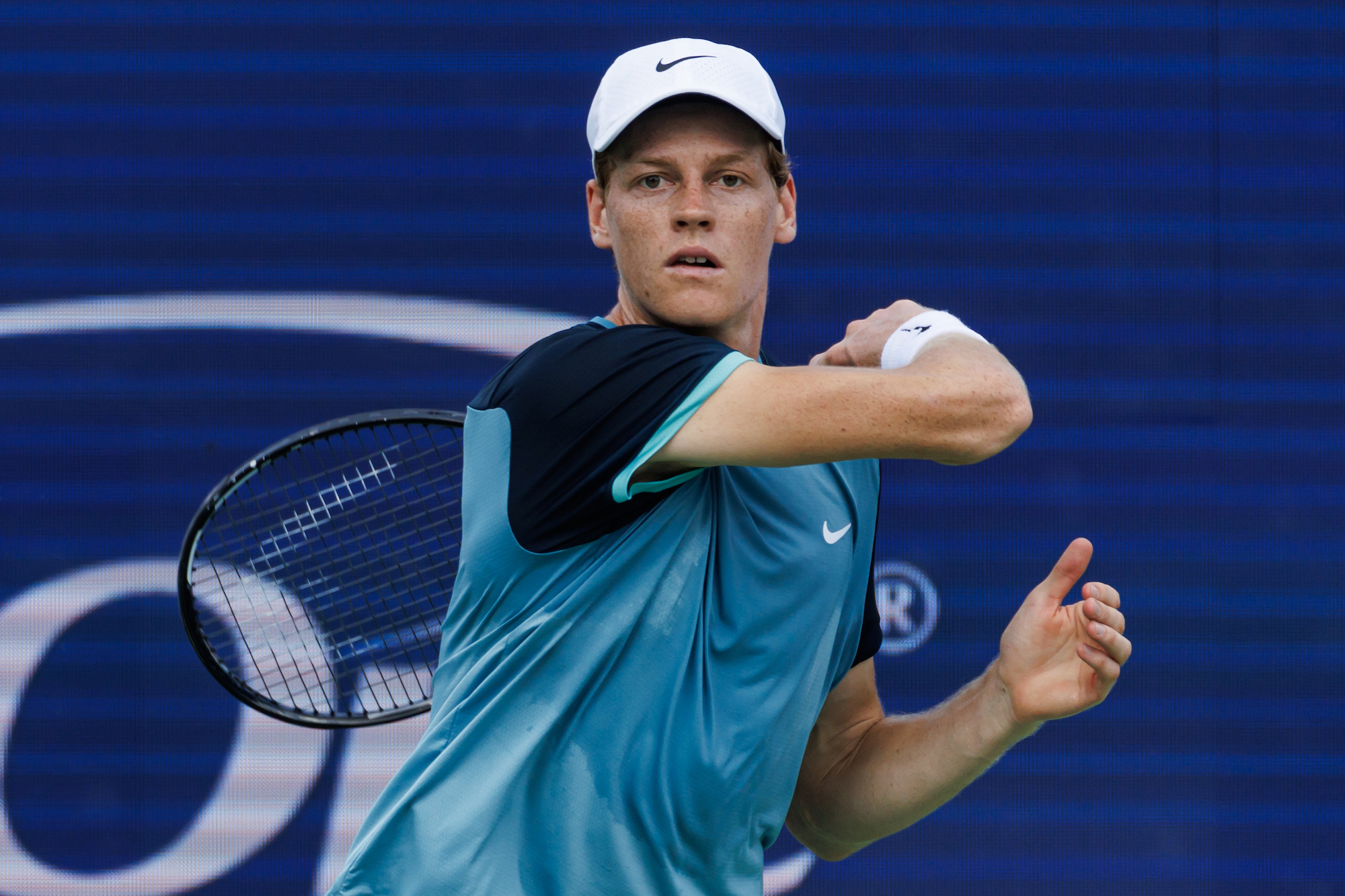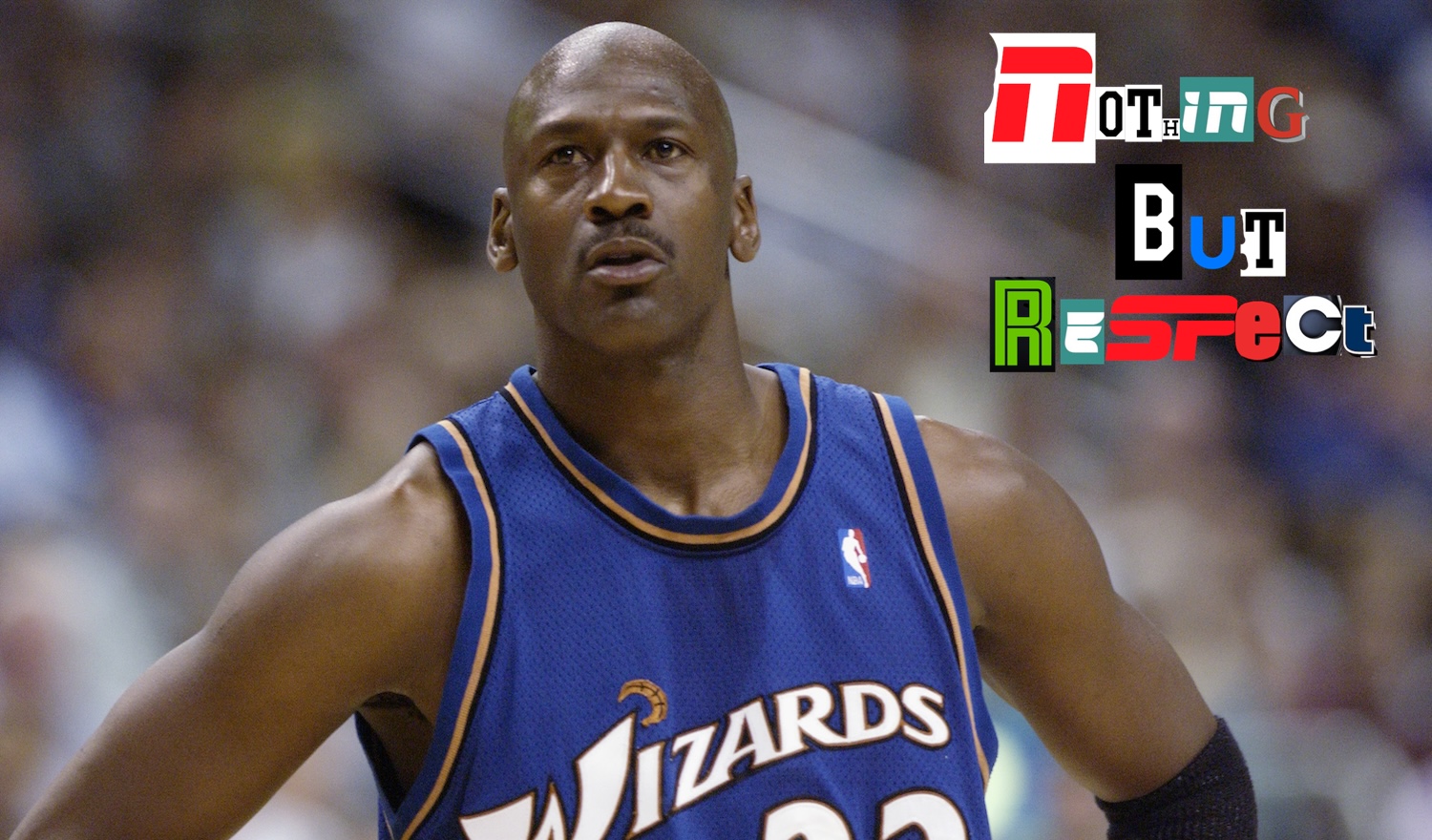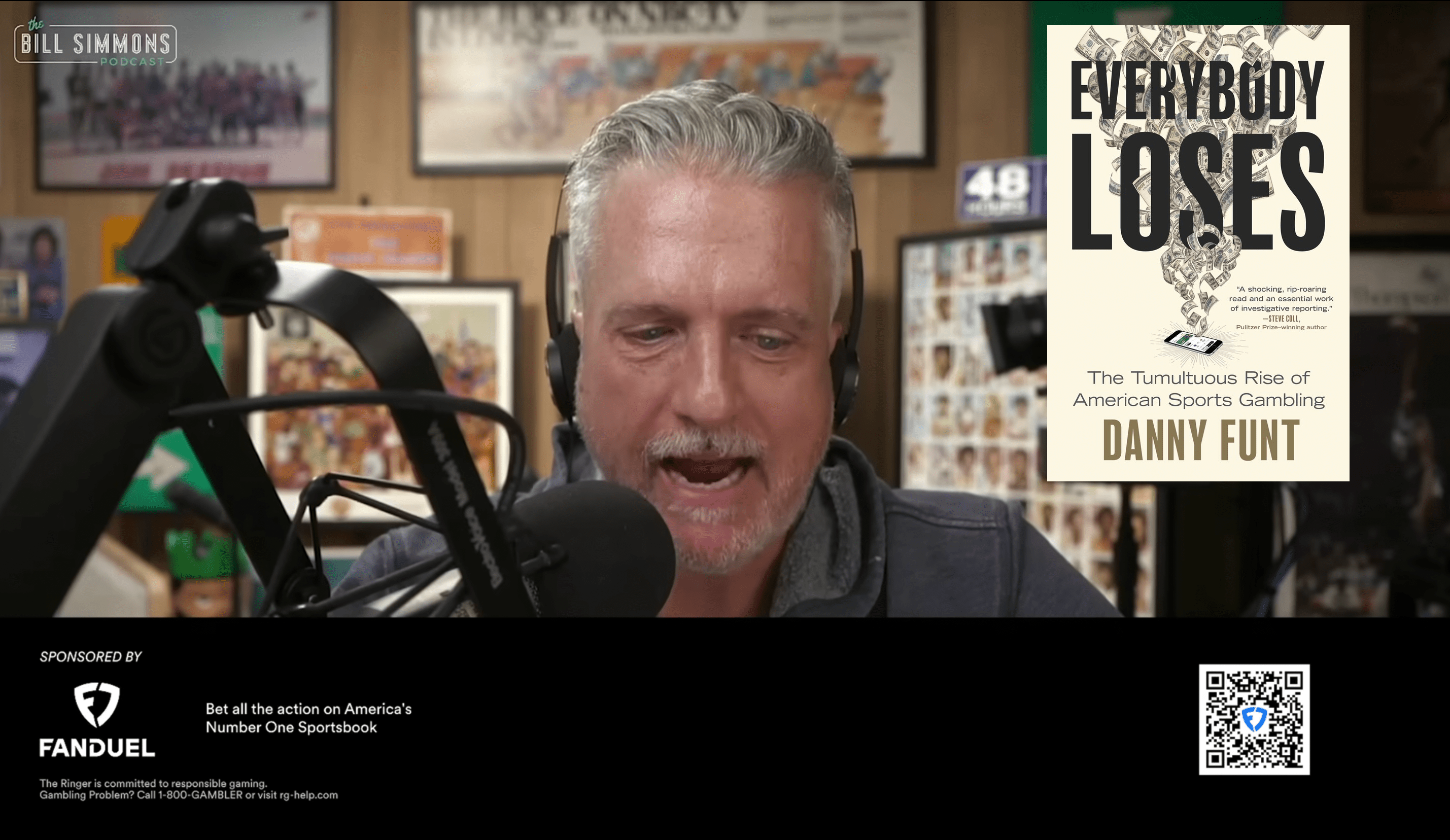The morning after he won the Cincinnati Open final in dominant fashion, and just hours before he boarded a flight to New York to play the U.S. Open as its top seed, young superstar Jannik Sinner had to watch some bad news finally go public. On Tuesday, the International Tennis Integrity Agency announced that Sinner had twice tested positive for the banned substance clostebol in March 2024; he would be stripped of 400 ranking points and $325,000 in prize money from one tournament, but would not see other results affected or be suspended from the tour, because an independent tribunal ruled that he was at "no fault or negligence."
While Sinner's camp had quietly spent the last few months lodging urgent appeals and presenting an exonerative story in sports court—the last hearing even occurred during the Cincinnati tournament, and Sinner's coach Darren Cahill said that the player sat on a Zoom call for six-and-a-half hours on an off-day—this news blindsided the broader tennis world. In the interim, Sinner, who turned 23 last week, continued his rise to the No. 1 ranking.
Two urine samples in March, one collected in competition during his semifinal run at Indian Wells and the other collected out of competition right before his title run in Miami, were found to contain metabolites for the steroid clostebol. As can be read in the tribunal's report, Sinner's camp quickly and successfully mounted his case, which allowed him to continue his season more or less as normal, and to uphold most of his tournament results, per a clause in the Tennis Anti-Doping Protocol that allows a player's period of ineligibility to be slashed if the player can prove there was "no fault or negligence" on their part.
The story Sinner's camp offered is colorful but was found credible by the independent anti-doping experts consulted by the tribunal, and give or take a few conspicuously buttoned-up details, it seems realistic enough. Even beyond the base facts, it's the process that has inspired some outrage from Sinner's colleagues. Players including Denis Shapovalov and Tara Moore have objected to the apparent grace and privacy afforded to Sinner by tennis authorities as he built his case for innocence. But that supposed special treatment accords with what's described in the rulebook. Perhaps what it really shows is how effectively a high-powered and fast-moving legal team can smooth this process over; that's the real difference between the world No. 1 and, say, the world No. 301 in the same set of circumstances.
According to Sinner's account, his fitness trainer, Umberto Ferrara, went to an Italian pharmacy in February to buy a spray called Trofodermin for healing cuts, not for use on his client. (Italy is unusual in that this is sold over-the-counter, and the tribunal's report said that the country accounts for over half of all anti-doping cases involving clostebol.) When Sinner's team arrived at the team house in Indian Wells, Sinner's physiotherapist, Giacomo Naldi, cut his left pinky finger on a scalpel while reaching into his treatment bag and bandaged the finger. Sinner noticed the injury during a physiotherapy session on March 3 and asked Naldi if he had used anything to treat it. (This is not the most organic bit of dialogue to envision, but you can see why his legal team wanted it in there: to establish that Sinner did his due diligence.) Naldi said he hadn't, which was true at the time. On March 5, Naldi began to use the Trofodermin spray on the cut, per Ferrara's suggestion. Naldi continued to treat Sinner over the following eight days, which included full-body massage and foot mobilization. Sinner's camp said the player has dermatitis that causes him to scratch and open small open sores and cuts on his feet and back, increasing the likelihood of contamination through the skin. On the morning of March 10, during competition at Indian Wells, Naldi said he applied the spray, did not recall washing his hands afterward, and treated Sinner; later that day, the first urine sample was collected. On March 18, prior to the tournament in Miami, the second urine sample was collected.
Three anti-doping experts—one hired by the player and two consulted by the ITIA—cited in the report found that the physiotherapist cross-contamination story was plausible. One wrote that "the minute amounts likely to have been administered would not have had [...] any relevant doping, or performance enhancing, effect upon the Player." The report also noted that Sinner had been tested, on average, once a month between April 2023 and March 2024, and no other tests detected a banned substance. Sinner's team was able to produce a bank charge for an Italian pharmacy in February, which corresponds to Ferrara's purchase of the Trofodermin spray. Naldi can be seen with his pinky finger bandaged in images from Indian Wells. An in-competition positive test automatically voids results from that tournament, per the ITIA's anti-doping protocol, which is why Sinner was stripped of the prize money and ranking points from his Indian Wells semifinal appearance. But he did manage to avoid a "period of ineligibility" that would have voided other tournament results and prevented him from competing on tour in the future, because his story was found to have met this standard: "establishing that [he] did not know or suspect, and could not reasonably have known or suspected, even with the exercise of utmost caution, that they had used or been administered the prohibited substance or prohibited method or otherwise violated an anti-doping rule." Sinner was found to be unaware that there was any clostebol on the premises, or that his physiotherapist was using it, or that he was at risk of cross-contamination. He was found to have contracted competent staffers who nevertheless made an error in judgment.
In retrospect, it is wild to reconcile Sinner's brilliant season with this protracted process. Cahill, who is a regular ESPN analyst, went on ESPN Tuesday in his capacity as Sinner's coach to discuss the case. "If you are a Jannik fan, you would have seen a big change in his body language, physicality on the court, his excitement to be on the court," Cahill said. "He's struggled, and I think it's worn him down physically and mentally. He got sick a couple of times. He got tonsillitis, which is the reason he missed the Olympics. We're not looking for any sorrow or anything, because we're quite thankful because there is no ban attached."
The ITIA report offers clarity on how quickly and thoroughly Sinner's team lawyered up and took action. On April 4, Sinner was informed of the results of the first sample and provisionally suspended; that same day his team assembled evidence and filed an urgent appeal of that suspension to Sport Resolution, which was approved. On April 17, Sinner was informed of the results of the second sample and provisionally suspended; that same day his team filed an urgent appeal to Sport Resolution, and on April 20 that appeal was approved. In between these blips of soon-retracted provisional suspension, Sinner made the semifinals of the Monte-Carlo Masters, and the quarterfinals of the Madrid Masters before withdrawing with a hip injury. The ITIA continued its own inquiry. More paperwork was filed through May and June—as Sinner made the semifinal at Roland-Garros, won a title at Halle, and made a quarterfinal at Wimbledon—and in August, a tribunal convened to rule on his case and produce this report. He won the Cincinnati Open less than 24 hours before its release.
All the while, no one in tennis knew what was happening. While other high-profile tennis doping incidents have acclimated fans and players alike to sporadic real-time bursts of information rather than a delayed announcement of a resolved issue, the difference is that Sinner's camp immediately identified the source of the contamination—"within five minutes," according to Cahill—and assembled the evidence to successfully appeal both provisional suspensions. That prevented any information from the case from being released at the time that those suspensions were first issued. Had either appeal failed, the information would have been made public then. Either way, the information would become public once the case was concluded, as the journalist Lucia Hoff confirmed in an exchange with the ITIA.
Earlier this year there was another clostebol incident involving the considerably lower-profile Italian tennis player Marco Bortolotti, and the information was also made public only at the case's conclusion. The protocol for immediate announcement of provisional suspension was implemented in 2016 precisely to avoid reputational damage to tennis, amid suspicions of luxury "silent bans" for top players. Now we are seeing that in at least some quarters of the sport, the absence of a public announcement is triggering similar suspicions. Cahill said on ESPN that players of different rankings don't get treated differently, but that Sinner's resources as the world No. 1 could have impacted his ability to make his case quickly and effectively. Sinner hired a legal team that had experience representing the other side of previous ITIA cases, plus an independent scientific expert to review the case.
"A player ranked 300, 500, 1000 in the world, if they get into this situation, they don't have the funds—I don't know how much it's cost him to put together his legal team and get the experts," Cahill said. The rules may be the same on paper, but all the procedure comes more smoothly to the top-ranked player who carries his sponsored Gucci, Nike, and Rolex gear onto the tennis court.






